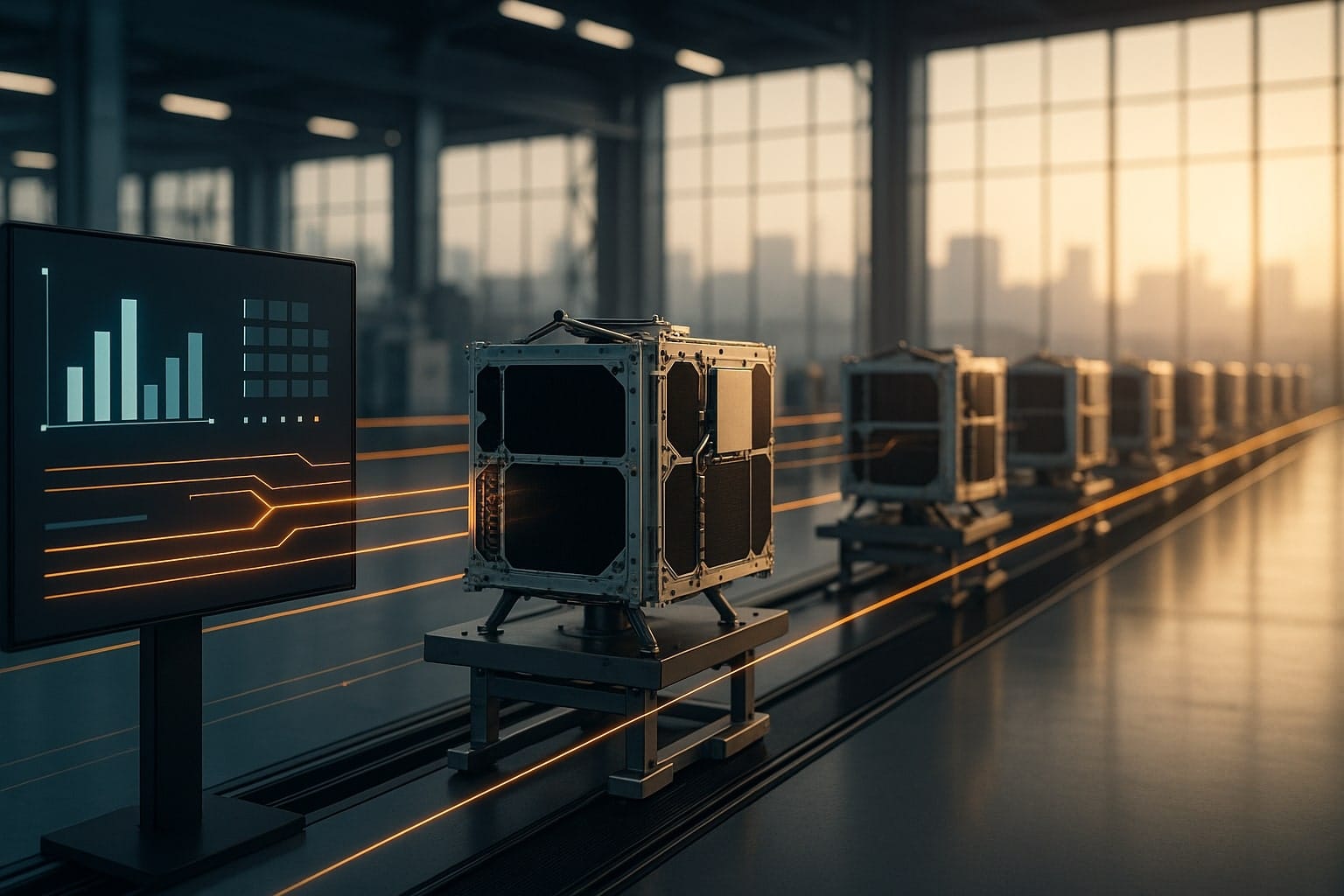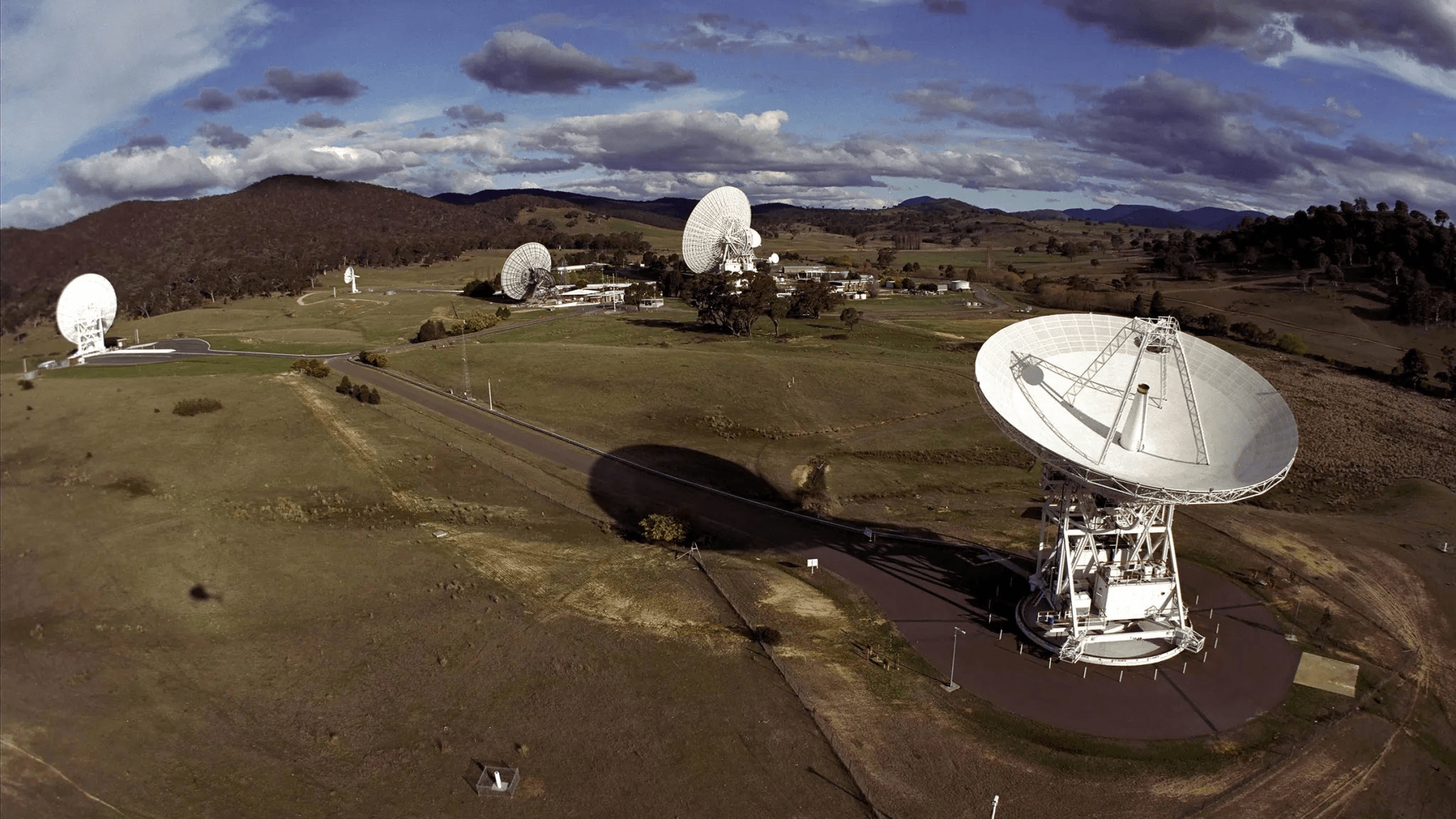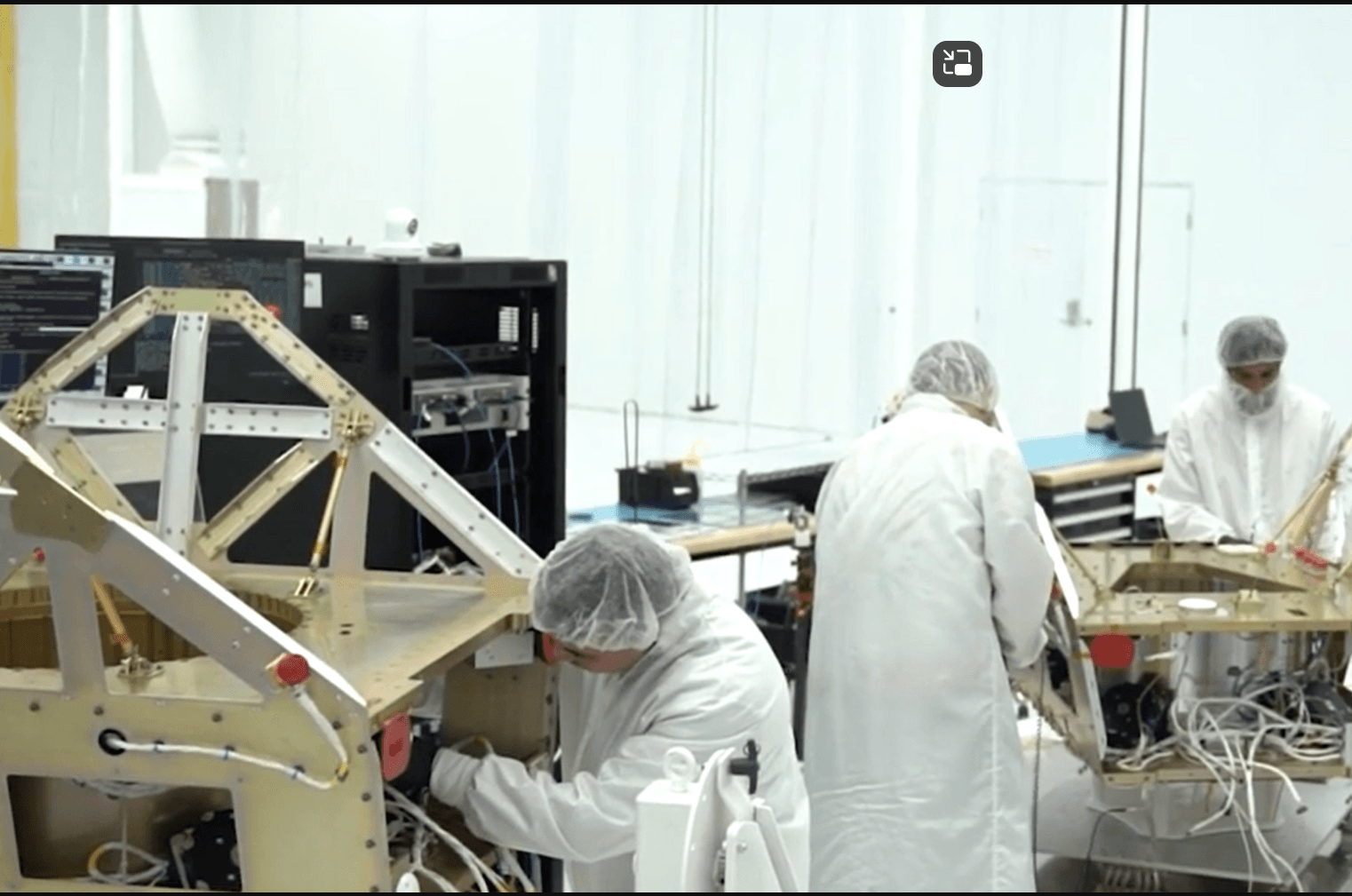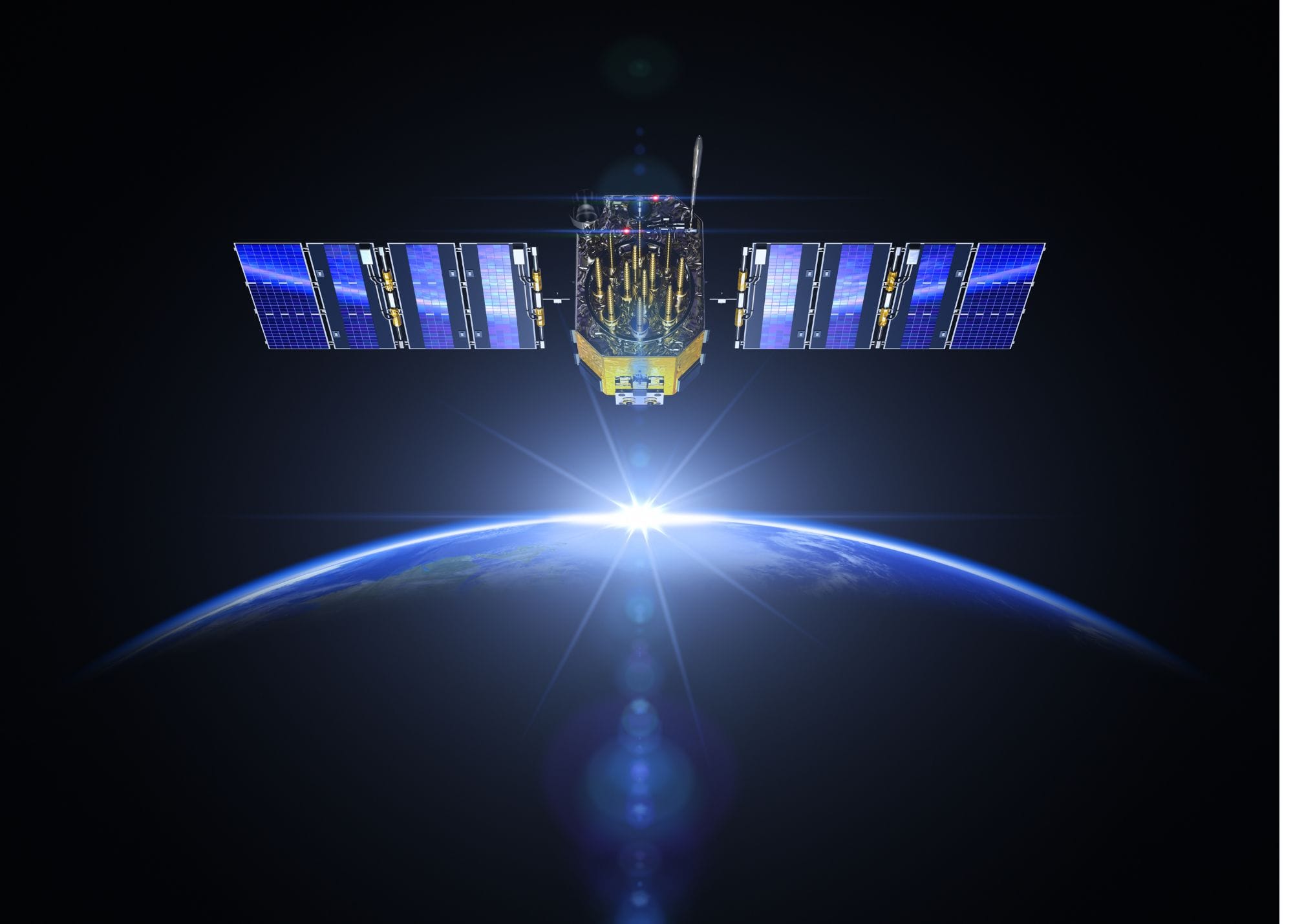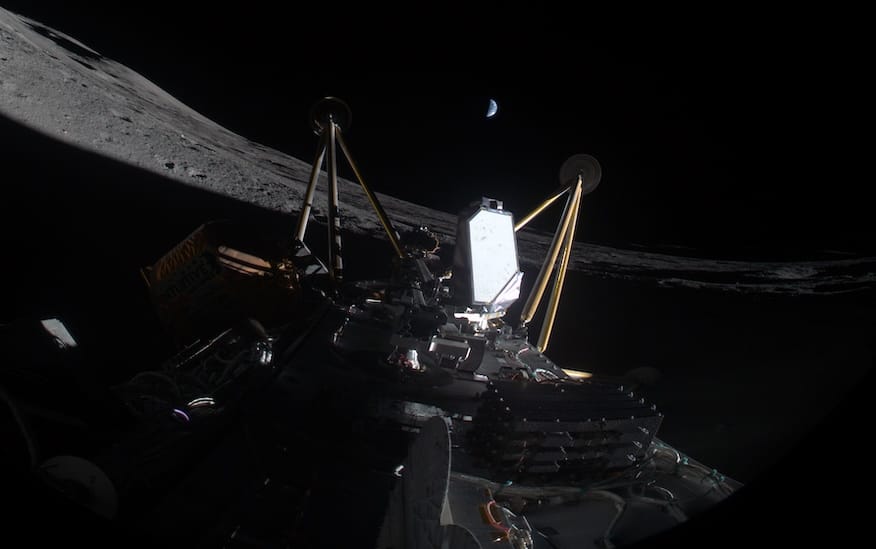AstroForge’s Odin mission, launched on February 26, 2025, marks a significant step in commercial asteroid mining. The mission’s primary objective is to conduct a flyby of asteroid 2022 OB5 to evaluate its mining potential and test the company’s proprietary refining technology. However, shortly after deployment, Odin encountered unexpected technical difficulties, leading to concerns about the viability of deep-space mining ventures. As AstroForge and the broader space industry monitor the situation, this mission underscores both the promise and the perils of commercial space mining.
Table of Contents
ToggleBackground on AstroForge
AstroForge, founded in 2022 and headquartered in Huntington Beach, California, is at the forefront of the space mining revolution. The company aims to extract valuable minerals from asteroids, particularly platinum-group metals (PGMs), which are essential for various industries, including electronics, automotive manufacturing, and clean energy technologies. By shifting resource extraction to space, AstroForge envisions a more sustainable and less environmentally destructive alternative to traditional mining operations on Earth.
The startup first gained attention with its Brokkr-1 mission, a precursor experiment launched in 2023 to test in-space refining capabilities. With Odin, AstroForge took a more ambitious leap, attempting to scout an asteroid and gather valuable data on its composition and accessibility. A successful mission would have positioned the company as a trailblazer in space resource utilization. However, the technical setbacks encountered have highlighted the challenges associated with such complex endeavors.
Technical Challenges Encountered
Shortly after launch, Odin experienced severe communication issues, jeopardizing the mission’s progress.
Communication Problems
The spacecraft’s initial signals were weak and intermittent, preventing ground control from establishing stable contact. This issue significantly hindered mission operations, as telemetry data is crucial for assessing Odin’s status and ensuring its systems are functioning as intended. Without consistent communication, controlling and maneuvering the spacecraft becomes nearly impossible.
Potential Spacecraft Anomalies
One major concern is that Odin may be in an uncontrolled tumble, an issue that would further complicate recovery efforts. CEO Matt Gialich suggested that the spacecraft’s orientation could be affecting its ability to maintain stable communication with ground stations. The lack of reliable data makes it difficult to diagnose the exact cause of the malfunction, adding another layer of uncertainty to the mission’s outcome.

Response and Troubleshooting Efforts
Despite these setbacks, AstroForge has been actively working to resolve the situation. The company is utilizing multiple strategies to re-establish contact with Odin and salvage the mission.
Ground Station Coordination
AstroForge has engaged various ground stations worldwide, including facilities in India, to attempt to detect and lock onto Odin’s signals. Additionally, the amateur satellite network AmSat played a surprising role in the troubleshooting process, picking up an unexpected signal from Odin approximately eight hours after launch. This indicated that the spacecraft was still operational at that point, providing a glimmer of hope for the mission’s recovery.
Technical Assessments and Recovery Efforts
Engineers are analyzing data from previous transmissions and have attempted to send commands to Odin to activate its power amplifier. The goal is to determine whether the communication failure is due to a spacecraft hardware malfunction, a software glitch, or external factors such as antenna polarization mismatches. Efforts are ongoing, but the likelihood of a full recovery remains uncertain.
Implications for Commercial Asteroid Mining
The challenges faced by Odin have broader implications for the commercial space mining industry. While the concept of asteroid mining holds immense potential, the technical hurdles associated with deep-space exploration remain formidable.
Industry-Wide Challenges
AstroForge is not the first company to encounter difficulties in this field. Previous ventures, such as Planetary Resources and Deep Space Industries, attempted to develop asteroid mining technologies but ultimately failed due to technical and financial constraints. The setbacks faced by Odin echo these past challenges and reinforce the notion that commercial space mining is still in its infancy.
Financial and Investment Risks
Missions like Odin require substantial financial backing. Investors in space technology startups often face high risks, as even minor technical issues can lead to mission failure. AstroForge’s experience with Odin may make it more difficult for the company—and the industry as a whole—to secure continued funding. However, setbacks are an inherent part of technological innovation, and overcoming these obstacles is crucial for long-term success.
Regulatory Considerations
The legal framework for space mining is still evolving. While the United States, Japan, Luxembourg, and the United Arab Emirates have enacted laws that clarify the ownership rights of space-extracted resources, international consensus on space mining regulations remains elusive. Any company looking to commercialize space resources must navigate these complex legal landscapes in addition to technical and financial hurdles.
Future Prospects and Company Outlook
Despite the challenges, AstroForge remains committed to its vision. The company has reiterated its long-term goals and plans to apply lessons learned from the Odin mission to future endeavors.
Learning from Failure
AstroForge’s CEO, Matt Gialich, emphasized that the company views the Odin mission as a learning experience. While the communication issues are a significant setback, they provide valuable insights that can inform the design and execution of future missions. The company intends to refine its spacecraft architecture, improve contingency planning, and enhance communication protocols based on the data gathered from Odin.
Plans for Future Missions
AstroForge has already announced plans for a follow-up mission, potentially incorporating improvements based on Odin’s performance. The company remains optimistic about its ability to develop technology capable of making asteroid mining a reality. While setbacks like this are discouraging, they are also part of the iterative process required for groundbreaking innovation.
Conclusion
AstroForge’s Odin mission represents both the opportunities and challenges of commercial asteroid mining. While the technical difficulties encountered have raised concerns, they also provide critical lessons that will shape the future of space exploration. The journey to harvesting resources from space is fraught with obstacles, but each mission—successful or not—brings the industry closer to realizing its potential. As AstroForge continues its efforts, the space community watches closely, recognizing that every attempt contributes to humanity’s broader quest to extend its reach beyond Earth.

